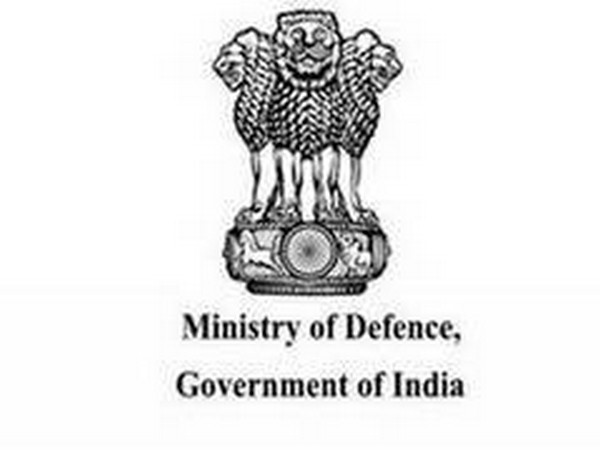Naval Dockyard Mumbai develops IR based temperature sensor
The ongoing pandemic of COVID-19 has led to one of the biggest medical emergencies the world has witnessed in recent times.

- Country:
- India
Naval Dockyard, Mumbai has designed and developed its own handheld IR based temperature sensor for undertaking screening of a large number of personnel at the entry gates of the yard reducing the load on the security sentries at the gate. The instrument has been manufactured under Rs. 1000/ - through in-house resources (which is a fraction of the cost of the Temperature Guns in the market).
The ongoing pandemic of COVID-19 has led to one of the biggest medical emergencies the world has witnessed in recent times. View massive surge in the number of infected patients, the medical infrastructure of the nation is being put to its ultimate test.
The 285-year-old Naval Dockyard (ND) of Western Naval Command (WNC) has an average influx of around 20,000 personnel entering its premises every day. In view of COVID-19, initial screening of this personnel entering the dockyard was essential to prevent the spread of COVID-19 within the yard and the Western Fleet. The most preliminary method to screen a probable patient is to check for body temperature by a non-contact means.
Since the outbreak, the non-contact thermometers or temperature guns have become scarce in the market and are being sold at a very high cost. To overcome the scarcity and requirement of large numbers, ND (Mumbai) has designed and developed its own handheld IR based temperature sensor with an accuracy of 0.02 deg Celsius. The non-contact thermometer has an Infrared sensor and an LED display integrated with a microcontroller that runs on a 9V battery. This initiative has provided a tool for undertaking screening of a large number of personnel at the entry gates of the yard thereby reducing the load on the security sentries at the gate.
With the manufacturing cost of less than Rs 1000/- the dockyard has the capability to scale up production of these if required towards which sourcing of the components is in progress.
(With Inputs from PIB)
- READ MORE ON:
- Naval Dockyard
- COVID-19
- pandemic
- temperature sensor
- Western Naval Command
ALSO READ
Modi govt was 'dragged into' providing free COVID-19 vaccinations by oppn: Cong
Indian CEOs' average salary sees 40% increase to Rs 13.8 cr post-COVID-19: Deloitte report
My taxable income plummeted to Rs 680 in 2021-22 due to Covid-19 losses: BJP's Chandrasekhar
Report of workshop on COVID-19 vaccine strain updates held by ICMRA-WHO published










